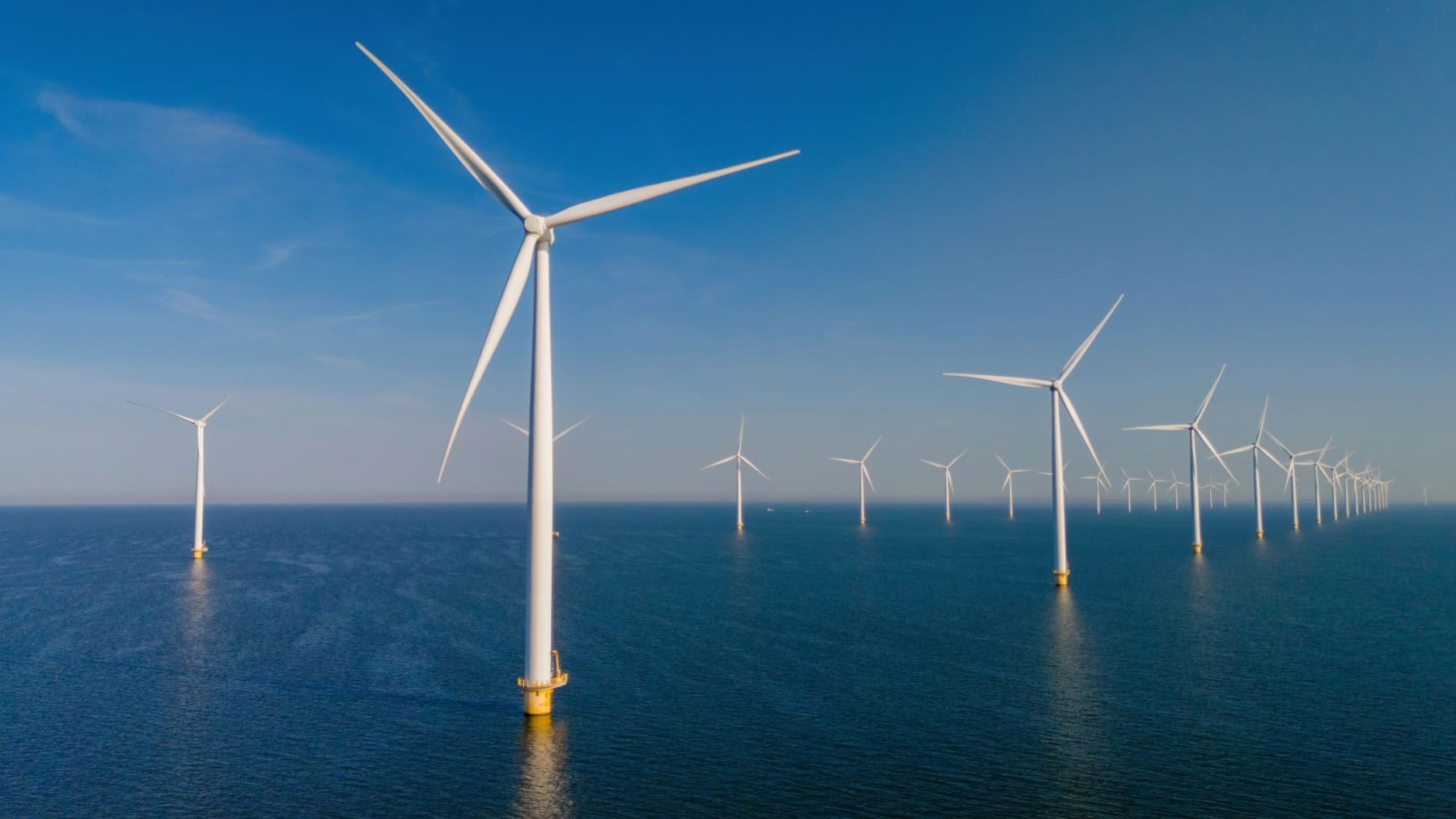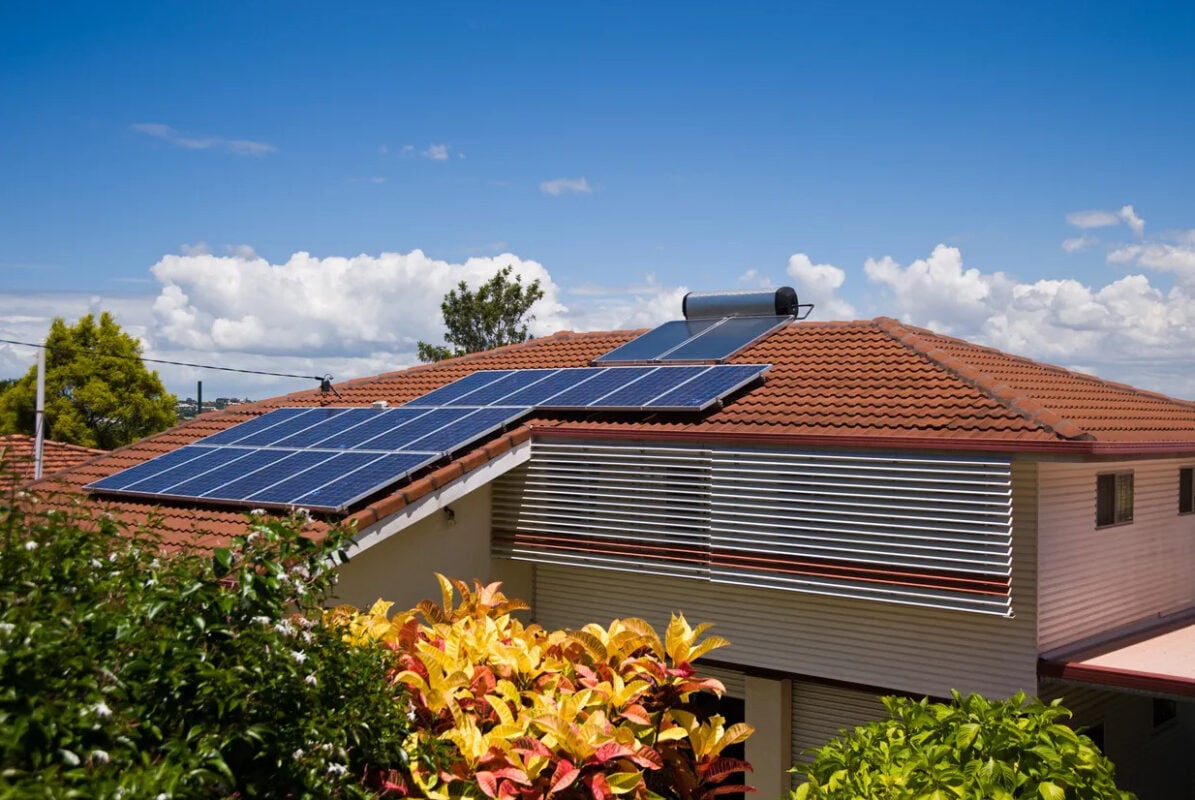Rep. Wozniak backs plan to strengthen Michigan’s energy future with advanced nuclear technology – Michigan House Republicans

Michigan Legislative Initiative to Advance Sustainable Energy and Economic Growth
Introduction
The Michigan House of Representatives has passed a bipartisan legislative package, House Bills 4124-4129, designed to expand the state’s investment in advanced nuclear and clean hydrogen energy. This initiative establishes a framework of tax incentives, educational grants, and workforce development programs. The plan is strategically aligned with several United Nations Sustainable Development Goals (SDGs), aiming to foster a resilient, affordable, and sustainable energy future while promoting economic prosperity and environmental stewardship.
Alignment with Sustainable Development Goals (SDGs)
The legislative package directly supports and advances multiple SDGs through its targeted approach to energy policy and economic development.
- SDG 7: Affordable and Clean Energy: The core objective is to ensure access to affordable, reliable, and modern energy. By promoting advanced nuclear technology, specifically small modular reactors, the plan facilitates the generation of reliable, carbon-free power, contributing directly to Target 7.2 (increase the share of renewable/clean energy) and Target 7.1 (ensure universal access to affordable energy).
- SDG 9: Industry, Innovation, and Infrastructure: The initiative stimulates innovation through targeted tax credits for research and development in advanced energy systems. It supports the modernization of Michigan’s power grid, building resilient infrastructure and fostering a sustainable industrial sector as outlined in Target 9.4 (upgrade infrastructure and retrofit industries to make them sustainable) and Target 9.5 (enhance scientific research and upgrade technological capabilities).
- SDG 8: Decent Work and Economic Growth: By creating grant programs for workforce training and development in the energy sector, the legislation aims to generate high-quality, sustainable employment. This promotes inclusive and sustainable economic growth, aligning with Target 8.2 (achieve higher levels of economic productivity) and Target 8.5 (full and productive employment and decent work for all).
- SDG 13: Climate Action: The emphasis on carbon-free nuclear energy and clean hydrogen production represents a significant measure to combat climate change and its impacts. This directly supports the integration of climate change measures into national policies and strategies, as called for in Target 13.2.
Key Components of the Legislative Framework
The plan is structured around three primary pillars to achieve its sustainable development objectives:
- Tax Incentives: Targeted tax credits are established to encourage private sector investment in the research and development of small modular reactors and clean hydrogen production technologies.
- Educational Grants: New grant programs will be created to support educational institutions in developing curricula and programs focused on the advanced energy sector.
- Workforce Development: The legislation provides for programs aimed at training and retraining Michigan’s workforce to fill the high-quality jobs created by the growing clean energy industry.
Projected Long-Term Impact
The strategic investment in advanced nuclear and hydrogen technologies is projected to secure Michigan’s energy self-reliance and long-term economic success. By embracing these innovations, the state aims to modernize its power grid, protect the environment through carbon-free energy generation, and ensure that energy remains affordable for all residents and businesses. This forward-looking approach positions Michigan as a leader in sustainable innovation, contributing to a cleaner and more reliable energy future for subsequent generations.
Analysis of the Article in Relation to Sustainable Development Goals
1. Which SDGs are addressed or connected to the issues highlighted in the article?
-
SDG 7: Affordable and Clean Energy
- The article directly addresses this goal by focusing on a plan to strengthen Michigan’s energy future through “advanced nuclear energy” and “clean hydrogen energy.” The stated objectives are to provide “reliable, carbon-free power” and keep energy “affordable for everyone,” which are central tenets of SDG 7.
-
SDG 8: Decent Work and Economic Growth
- The legislative package aims to stimulate economic activity by creating “high-quality jobs” and implementing “workforce development programs.” This aligns with SDG 8’s objective of promoting sustained, inclusive, and sustainable economic growth, full and productive employment, and decent work for all. The plan is presented as a way to “power our economy responsibly.”
-
SDG 9: Industry, Innovation, and Infrastructure
- The article highlights the importance of building resilient infrastructure and fostering innovation. The plan includes strengthening “energy infrastructure,” modernizing the “power grid,” and encouraging “innovation” through “targeted tax credits for research and development in small modular reactors.” This directly supports SDG 9.
-
SDG 13: Climate Action
- By promoting “carbon-free power” and aiming to “protect our environment,” the plan described in the article is a direct measure to combat climate change and its impacts. The shift towards advanced nuclear and clean hydrogen is framed as a way to secure a “cleaner” energy future, which is a key component of climate action.
2. What specific targets under those SDGs can be identified based on the article’s content?
-
Target 7.1: Ensure universal access to affordable, reliable and modern energy services.
- The article emphasizes the goal of making sure Michigan has the infrastructure for “reliable” power and keeping energy “affordable for everyone,” directly reflecting the language and intent of this target.
-
Target 7.a: Enhance international cooperation to facilitate access to clean energy research and technology… and promote investment in energy infrastructure and clean energy technology.
- The plan’s creation of “new tax incentives” and “grant programs” to support “research and development in small modular reactors and clean hydrogen production” is a state-level application of this target’s principle of promoting investment in clean energy technology and infrastructure.
-
Target 8.2: Achieve higher levels of economic productivity through diversification, technological upgrading and innovation.
- The focus on “advanced nuclear technology” and “innovation” in the energy sector is a clear effort to achieve technological upgrading and drive economic productivity, as mentioned in the article’s goal to “power our economy responsibly.”
-
Target 9.1: Develop quality, reliable, sustainable and resilient infrastructure.
- The article explicitly states that the plan is about ensuring “Michigan has the energy infrastructure it needs to stay strong and self-reliant” and to “modernize our power grid,” which aligns perfectly with this target.
-
Target 9.5: Enhance scientific research, upgrade the technological capabilities of industrial sectors… encouraging innovation.
- The proposal offers “targeted tax credits for research and development” and aims to “encourage innovation,” directly supporting the call to enhance scientific research and upgrade technological capabilities.
-
Target 13.2: Integrate climate change measures into national policies, strategies and planning.
- The “bipartisan package” of House Bills (4124-4129) represents a clear integration of climate change measures (promoting “carbon-free power”) into state-level policy and strategic planning for Michigan’s energy future.
3. Are there any indicators mentioned or implied in the article that can be used to measure progress towards the identified targets?
-
Investment in clean energy research and development
- The article implies this indicator by mentioning “new tax incentives” and “grant programs” for R&D. The total monetary value of these incentives and grants awarded would be a direct measure of progress.
-
Number of jobs created in the clean energy sector
- The plan’s stated goal to “create high-quality jobs” implies that the number of new positions in the advanced nuclear and hydrogen sectors would be a key indicator of success.
-
Number of individuals trained in new energy skills
- The creation of “workforce development programs” and “workforce training” suggests that the number of participants who complete these programs can be used as an indicator to measure progress in building a skilled workforce for the new energy sector.
-
Proportion of carbon-free energy in the state’s energy mix
- The central goal of providing “reliable, carbon-free power” implies that a key indicator would be the measurement of the percentage of Michigan’s total energy that comes from advanced nuclear and clean hydrogen sources over time.
-
Adoption of policies promoting clean energy
- The article itself is about a specific policy action: the vote on “House Bills 4124-4129.” The passage and implementation of this legislative package is a direct indicator of policy integration for climate action.
4. Table of SDGs, Targets, and Indicators
| SDGs | Targets | Indicators (Implied from Article) |
|---|---|---|
| SDG 7: Affordable and Clean Energy |
7.1: Ensure universal access to affordable, reliable and modern energy services.
7.a: Promote investment in energy infrastructure and clean energy technology. |
– Proportion of carbon-free energy in the state’s energy mix. – Amount of investment (via tax incentives/grants) in clean energy R&D. |
| SDG 8: Decent Work and Economic Growth | 8.2: Achieve higher levels of economic productivity through technological upgrading and innovation. |
– Number of new “high-quality jobs” created in the energy sector. – Number of people trained through “workforce development programs.” |
| SDG 9: Industry, Innovation, and Infrastructure |
9.1: Develop quality, reliable, sustainable and resilient infrastructure.
9.5: Enhance scientific research and encourage innovation. |
– Investment in modernizing the power grid and energy infrastructure. – Level of R&D investment in small modular reactors and clean hydrogen. |
| SDG 13: Climate Action | 13.2: Integrate climate change measures into policies, strategies and planning. | – Adoption and implementation of legislation (House Bills 4124-4129) promoting carbon-free power. |
Source: gophouse.org
What is Your Reaction?
 Like
0
Like
0
 Dislike
0
Dislike
0
 Love
0
Love
0
 Funny
0
Funny
0
 Angry
0
Angry
0
 Sad
0
Sad
0
 Wow
0
Wow
0



















































.jpg.webp?itok=0ZsAnae9#)























